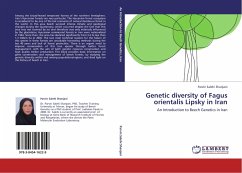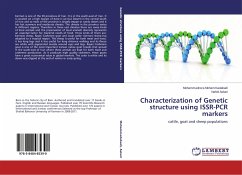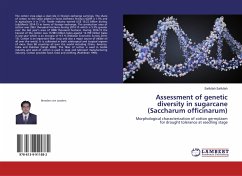Among the broad-leaved temperate forests of the northern hemisphere, Iran s Hyrcanian forests are very particular. Pure and mixed beech forests are the most important elements of this ecosystem, making up the richest and the most beautiful forests of Iran. Beech forests represent about 18 % of Hyrcanian forests surface and form about 30 % of forest trees volume in Iran, which forms the most valuable stands in Hyrcanian zone and allocate the most rate of timber production in Iran. The two main technical reasons for decline of beech in these forests are unsuitable harvesting methods during the last 40 years and lack of forest protection. There is an urgent need to improve conservation of this tree species through better forest management, with the aim of both genetic resource conservation and high quality timber production. This book provides important information for the delineation of genetically homogeneous regions, useful for provenance identification and seed-lots certification. Addressing the above issues is a basic step for providing the genetic baseline to establish both in situ and ex situ conservation priorities and breeding strategies for any species in Hyrcanian forests.
Bitte wählen Sie Ihr Anliegen aus.
Rechnungen
Retourenschein anfordern
Bestellstatus
Storno








